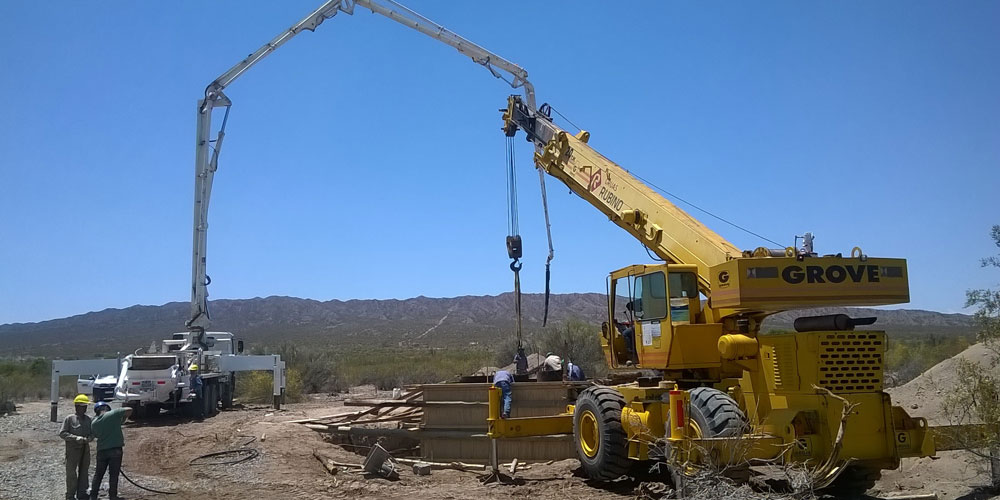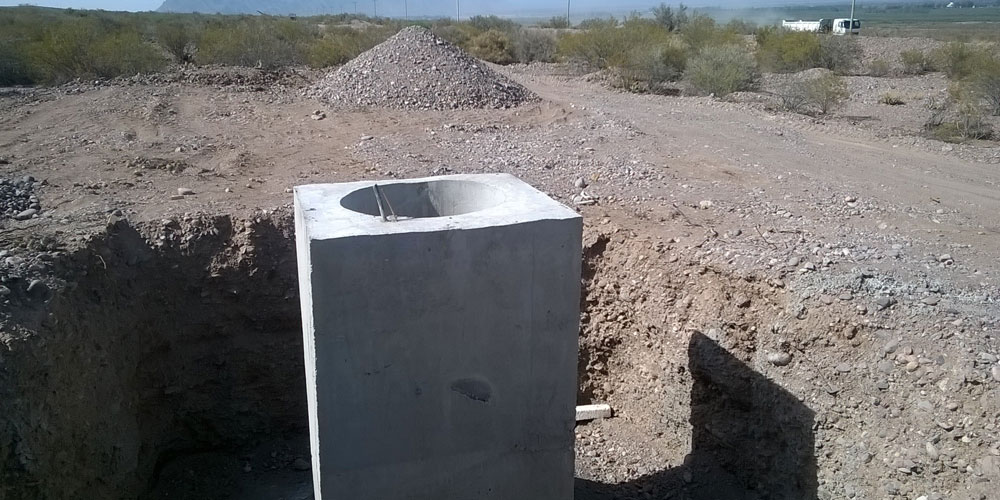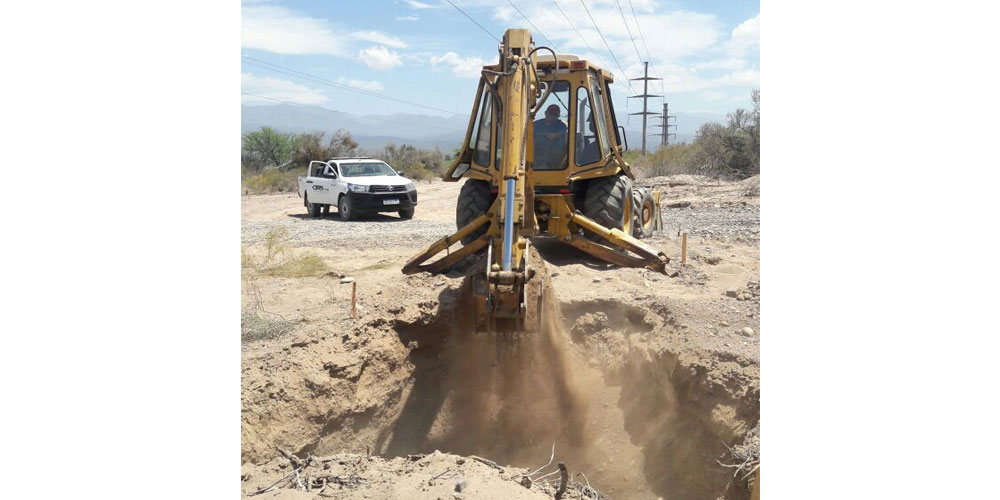EPSE has begun the expansion of a high-voltage line to carry energy generated at a PV plant to the National Electricity Market (MEM) in order to support the products of several rounds of RenovAr, and to fall within the framework of application of the new law n. 27.191. This particular project has been tendered out by EPSE in the department of Ullum, and is officially known as the “DESIGN AND EXECUTION OF CIVIL WORKS, ELECTROMECHANICAL ASSEMBLY, PROVISION OF MATERIALS AND COMMISSIONING OF SOLAR ELECTRICAL SUBSTATION SAN JUAN 132/33 KV AND THE POWER LINE TO THE SADI AT 132 KV DOUBLE-CIRCUIT FOR THE ULLUM PV PARK.” The project was awarded to Atelec S.A. – CPS Proyectos y Servicios S.A. The final step to connecting the new generating plants to the SADI will be the Ullum Solar Electrical Substation 132 kV/33 kV that will have a transforming power of 200 MW; alongside it will come the high-voltage, double-circuit 132 kV line. With this set up, it will be possible to send out a potential 185 MW.
WHAT IS A HIGH-VOLTAGE 132 KV DOUBLE-CIRCUIT LINE AND AN ELECTRICAL SUBSTATION?
The transmission of electric energy is done via high voltage for economic reasons, as well as technical reasons. Losses over distance are reduced, there are less conductors, and more power is transmitted with less current. The job of an electrical substation is to raise the voltage to an adequate level at which electricity can be transmitted, from the points where it is generated to the points of distribution and consumption.
A high-voltage line is a physical means by which electricity may be transmitted, and connects the substation to the distribution and consumption points. With respect to the quantity of surface that EPSE has to deal with in the province of San Juan, and also keeping in mind that this project is located in the department of Ullum, it is possible to form projects that generate energy via PV that can send out up to 185 MW of power in the first stage.
EPSE has supervised the engineering and electrical/mechanical installations that are destined for the site in the area, which has a surface of about 4.5 hectares. The equipment will range from mid- to high-voltage and will allow the park to be connected to the solar panels that will eventually be installed.
The electrical substation will have a double busbar configuration and have a capacity of 8 fields at 132 kV, 3 exit points at 132 kV, and four zones for the transformers at 100 MVA each. The transformers will be installed in this period only at 2x100 MVA plus 1 coupling zone that transverses the busbars at 132 kV.
The park will also house a building for the electrical boxes, control and protection equipment, measurement devices, alarms and fire control, security equipment, communications, and control via television. There will also be extra housing built for the storage of electrical and mechanical equipment.
The project will take 12 months to complete, according to the terms of the tender with which the project was awarded. Today the project is at about 35% completion and includes the following:
· The construction of access roads at the bases of the posts for the high-tension line.
· Storage of conductors, brass clamps, insulators, posts and accessories for the line.
132 KV LINE
· The foundations are completely finished.
· The posts are put together and installed.
ELECTRICAL SUBSTATION
During the month of January, the civil works were finished that were necessary to receive the transformers for the project. They were tested at the site in December and underwent the corresponding inspection by EPSE.
Transportation of the transformers to the site:
They came from the factory of Tade Czerweny S.A. (Villa Gobernador Galvez) in the province of Santa Fe. In order for both of the 130-ton transformers to reach San Juan, logistical coordination was necessary between both of the entities. The paperwork and authorizations necessary to travel on the highway were obtained through both the provincial and national traffic authorities.
It was important for each of the transports to be able to handle 90 tons, which is how much they weighed in transport (which doesn’t count the accessories, expansion tanks, oil, radiators, etc.).
The transport took about seven days. The first step was taken on the highway and took the most convenient route. These transports are only allowed to travel during the day, which justifies how long it took. Each truck attached to a hydraulic device that had 13 axels and 104 small coverings, each of which had independent suspension on each axel and hydraulic steering. The special characteristic employed by these trucks is that if the unit moves the front and back wheels in a mirrored motion. The transport needed 5 operatives, two trucks for support logistics and a hydraulic crane to lift the signs on the highway—as the height of the truck would have caused a problem at being over 5.7 m. The length of the truck and the module together was 34 meters, with a total weight of 240 tons.
Each transformer represented an investment of $980,000 USD.




